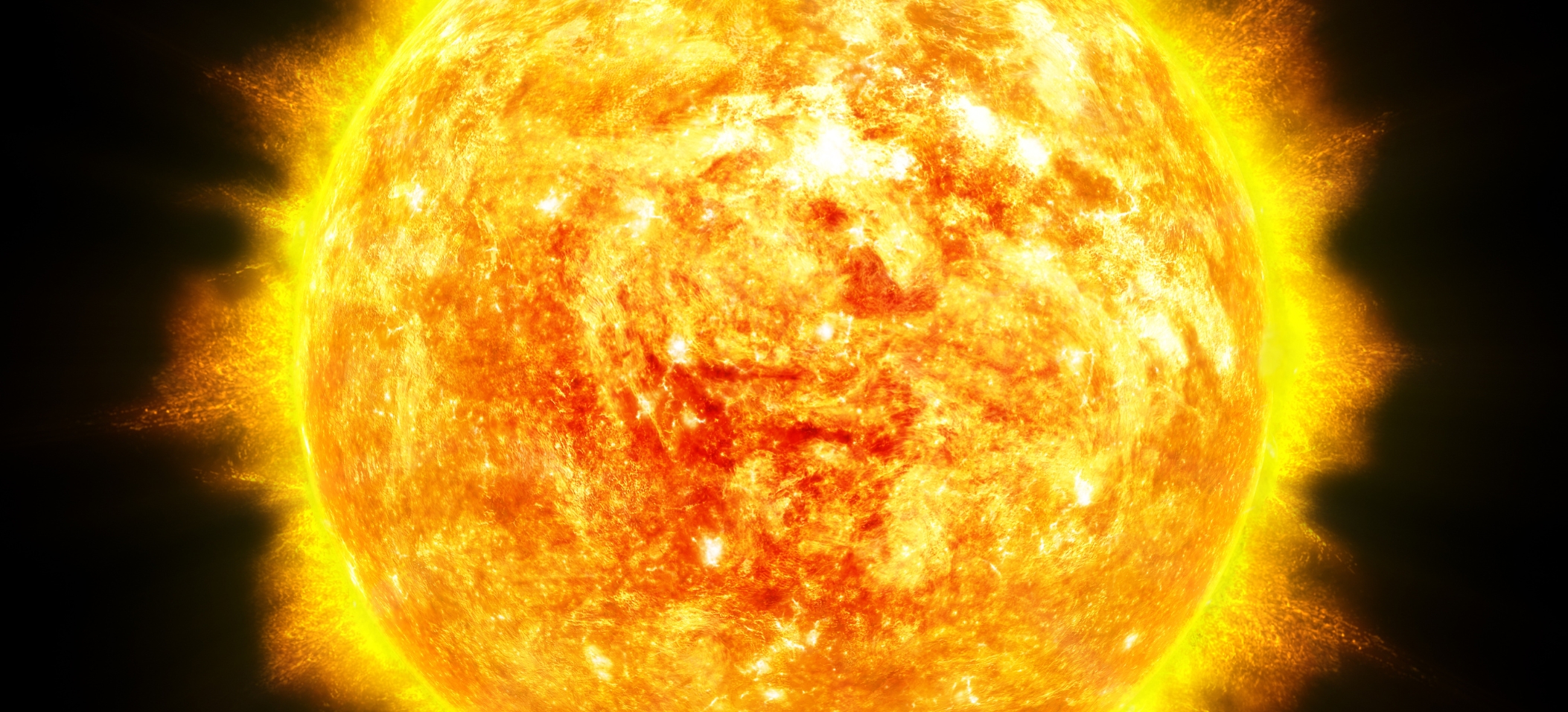
By Parshati Patel, PhD
Stars are bright, giant balls of super-hot gas composed mostly of hydrogen, some helium, and small amounts of other elements.
Our Sun is one of the 100 billion stars in our galaxy.
Astronomers estimate that there are over 2 trillion galaxies and more than 200 billion trillion stars in the universe. Astronomers classify stars based on various characteristics such as their size, temperature, brightness, and mass. They also classify the stars based on their phase in the life cycle, which is influenced by the star’s mass. More massive stars burn through their fuel faster and thus have shorter life cycles. Figure 1 shows two distinct paths a star can take because Sun-like low-mass stars and high-mass stars evolve differently based on their mass.

All the stars begin their lives in giant clouds of gas and dust called star-forming nebulae. Clumps of gas and dust grow larger over time as they interact with their surroundings, collapse on themselves, and their cores begin to heat up. The core in this phase is called a protostar.
When the core reaches millions of degrees in temperature, it starts to fuse hydrogen into helium, a process called nuclear fusion (fusion occurs when two atoms slam into each other to form a heavier atom). In this phase, the star is called a main sequence star. This is the longest phase of a star’s life. Sun-like stars, due to their lower surface temperature, appear yellowish orange, while stars that are eight times more massive than our Sun appear blueish white. Our Sun is approximately halfway through the main sequence phase.
For Sun-like stars, when the hydrogen in the core runs out, the star starts burning the hydrogen in its outer layers, causing the star to expand and cool. Meanwhile, the core shrinks, increasing in temperature and pressure until it starts fusing helium into carbon. The star appears reddish in colour and is called a red giant star. As it continues to evolve, the star becomes increasingly unstable, ejecting its outer layers. When it sheds all its layers, it creates a planetary nebula with expanding shells of gas and dust, and a leftover Earth-sized core called a white dwarf star. From this point on, the star no longer produces heat and instead slowly cools over billions of years.
For massive stars, when they run out of hydrogen in the core, the star expands and cools moving into the red supergiant star phase. These are the largest stars in the universe! In these stars, the core continues fusing carbon into heavier elements. Once it reaches the phase where it fuses silicon into iron, it requires energy instead of generating it, leading to a supernova explosion.
The supernova leaves behind a very small, dense object called a neutron star. Although it is the size of a small city (~20 kilometers), it weighs more than our Sun and spins rapidly. If the leftover core from the supernova is three times the mass of our Sun, it becomes a black hole. A black hole packs a tremendous amount of material into a tiny space, creating gravity so strong that even light cannot escape.
While the stars like our Sun are common, the universe hosts a wide variety of stars and by understanding them, astronomers gain better understanding about our Sun and its surroundings, and the universe.
Dr. Parshati Patel is an astrophysicist turned freelance science communicator and educator based in London, Ontario.





